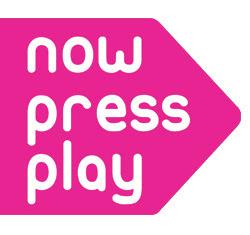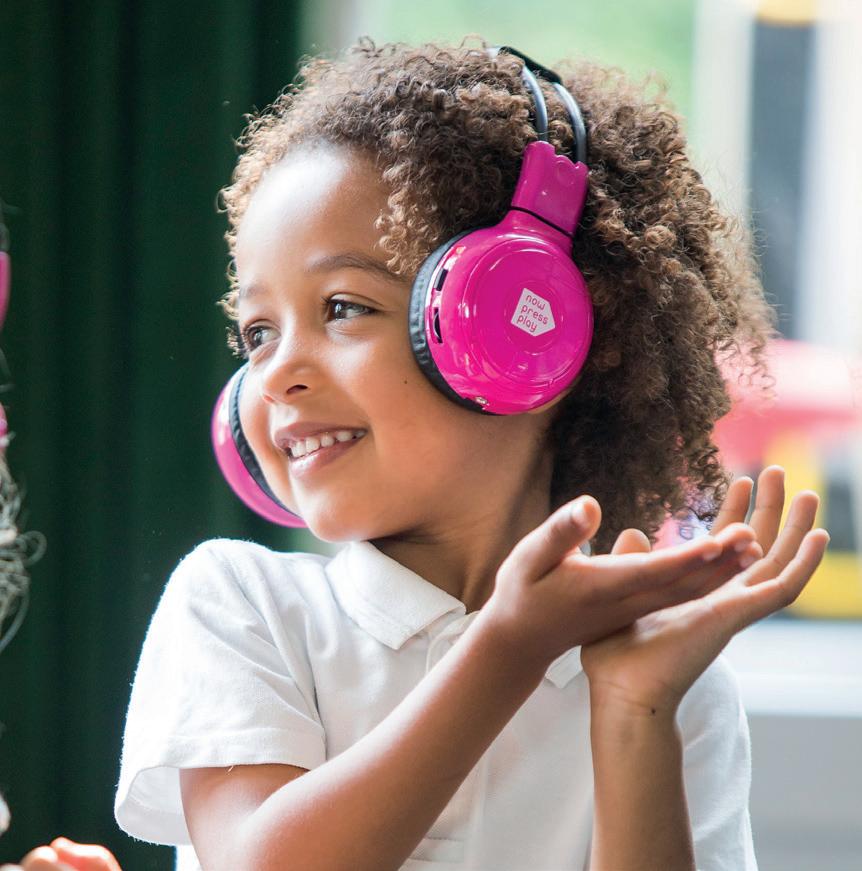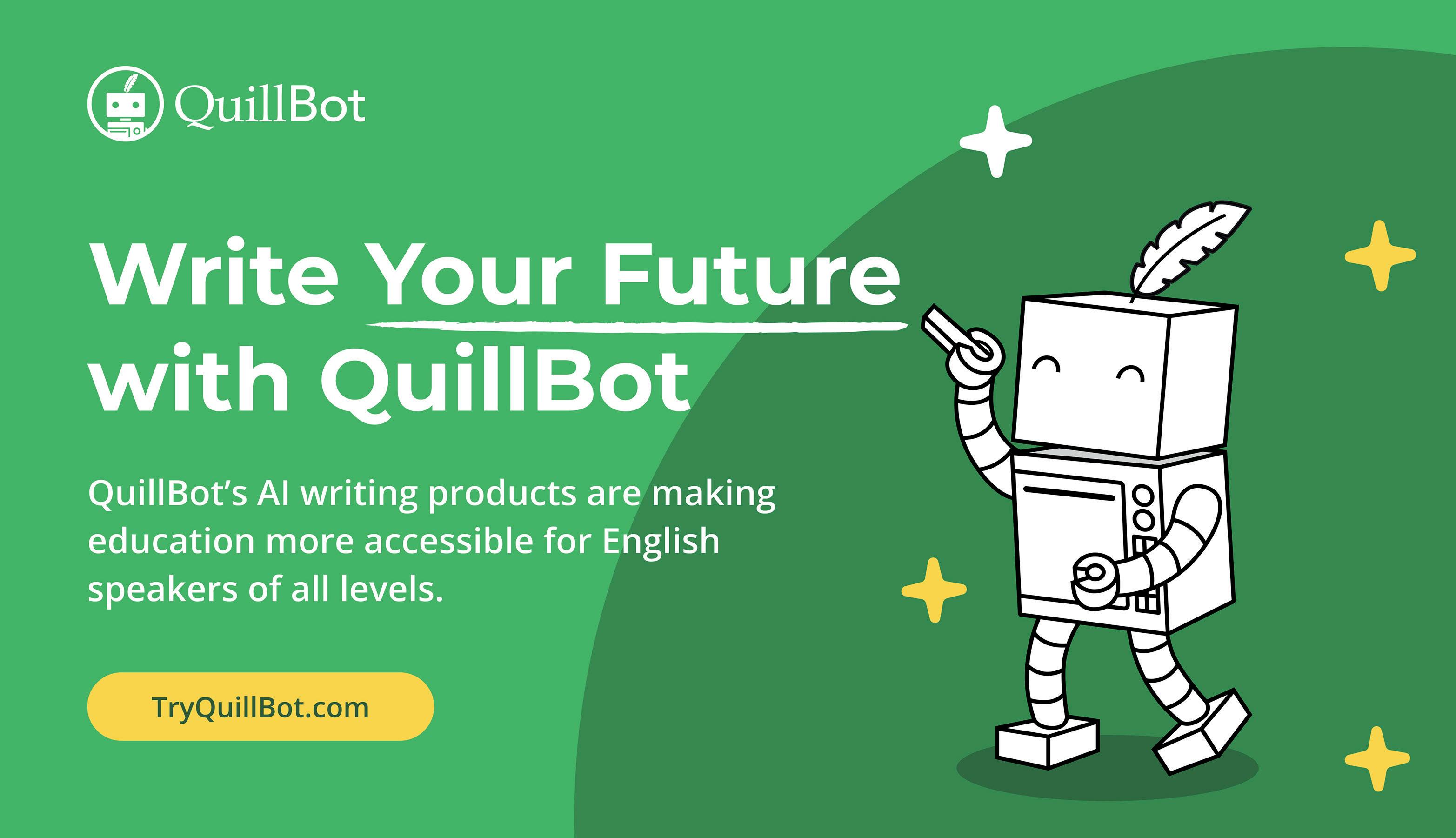Future of










The future of education took a sharp turn when the Covid-19 pandemic disrupted learning around the world for over two years.
been as much a reality check on technology’s promise ‘to learn anywhere, anytime’ as a time to seize to universalise access to public digital education.
Throughout the pandemic, learning continuity became largely dependent on access to devices, digital content, connectivity as well as basic digital skills. Over one-third of the world’s students — 500 million — simply saw their education come to a halt.

In many low-income countries, less than 10% of children and adolescents are connected, against 90% in high-income ones. One in three people lack even the most basic digital skills. The gender digital divide significantly constrained girls’ ability to learn online.
In many instances, content has not been quality assured, is poorly organised or resides behind paywalls or in virtual spaces that inappropriately capture and sell student data and expose learners to advertising.

Finally, Covid-19 has clarified the preeminent role of teachers. They must be empowered with the skills to use digital tools for teaching and learning. Education is, at the core, about human development, and human interactions are at the heart of this enterprise. Technology can complement, enrich and extend learning but it cannot and should not replace human interaction.
Technology can complement, enrich and extend learning but it cannot and should not replace human interaction.
The digital revolution has accelerated, and there could be no better time to harness its power to provide education as a public good and human right.
Governments, tech companies and other players need to converge around key principles. The first is to recalibrate policies, actions and investments to centre the most marginalised. Asking how approaches can work for refugees, students with disabilities, teachers in remote areas and other underprivileged learners is the point of departure. And they must work for all women and girls.
Next, digital learning implies high-quality digital content that is free and accessible. Currently, this is rarely the case.
Creating universal access
We have the means to provide such a gateway to universal digital literacy for education, to connect every school to the internet and facilitate the extension of internet services to households and individuals. Digital learning is now foundational — let’s invest in strengthening the public digital commons to improve teaching and learning for all. UNESCO is making this a priority.
Augmented reality (AR) and virtual reality (VR) are becoming more immersive with conventional teaching complemented by transformational technologies and artificial intelligence (AI). It has accelerated in recent years, particularly after the Covid-19 pandemic necessitated remote learning.
Edtech leader Geoffrey Alphonso points to metaverse, gamification and asynchronous learning as key trends in the digital learning age. “Through research and the creation of appropriate solutions that improve learning and teaching methods — such as conducting virtual experiments and gamified learning techniques — technologies are increasingly revolutionising the e-learning ecosystem,” he says.
“The future of digital learning will be significantly shaped by current technologies, even if they are still in their infancy.”
Tech-savvy Alphonso is CEO of specialist Edtech organisation Alef Education, which advocates the adoption and utilisation of AI to revolutionise e-learning.


He believes the education sector benefits from these solutions and has been transformed into a tech-savvy and enabled industry.
“For instance,” he continues, “the use of AR allows students to see images and lessons in a more enhanced and realistic manner, while VR allows them to explore unprecedented educational scenarios and lessons from their homes or classrooms.” This may include a visit to a historical site without moving out of a room.
However, for schools to be able to incorporate these technologies effectively, he emphasises that the right infrastructure must be in place and that institutions should do ‘due diligence’ when acquiring suitable products and technologies.
“Once that is done, it comes down to properly training the educators on using the technology and allowing them to seamlessly introduce and incorporate it into their regular lesson,” he says.
Alphonso says technology in education also helps institutions overcome issues such as lack of teachers and growing student numbers and personalises learning methods for students.
Alef Education, a global education technology company based in Abu Dhabi, delivers AI-powered, data-driven, personalised learning solutions. Its three interactive learning products: the Alef Platform, Abjadiyat and Arabits, offer engaging learning experiences.

“We provide solutions that increase teachers’ time in providing better targeted intervention and expand their focus on effective instruction and better classroom management with the help of AI,” says Alphonso.
Research has been conducted in the field, looking at academic resilience and how AI can predict academic achievement. Alphonso emphasises that continuous innovation remains critical to further developing the sector.
The disadvantage gap, along with the additional Covid-related learning loss, means that innovation is crucial. Something has to change. That’s why edtech will continue to be critical in the educational landscape of the years ahead.
WRITTEN BY Olivia Sumptermore than ever.’ Since those grim early days of March 2020, no phrase has been uttered so often. And of course, we heard it a lot in the world of education and edtech. In 2020, the sector grew by 70%, as teachers moved online. ‘Now, more than ever’ schools relied on technology to deliver learning.
The issue of course is that ‘now, more than ever’ doesn’t account for what came before. The ‘disadvantage gap’ reveals how well the education system is levelling the playing field. Pre-pandemic, by the end of Year 11 a disadvantaged pupil would be, on average, a full 18 months behind their peers (EPI, 2019). Between 2011 and 2018, we saw a slow but steady narrowing of that gap, but in 2018, progress stalled. The full impact of the 2020/21 school closures is perhaps yet to be felt, but against this background of persistent educational inequality, we could ill afford further learning loss.
In 2015, we started Bedrock Learning. As two English teachers, we were faced with clear language gaps in our classrooms. This had demonstrable impacts on attainment in English and across the curriculum. We knew what the solution was: read, expose the learners to as much Tier 2

vocabulary as possible, test them, let them forget, read the words again in new contexts and retest. We could have done that for 10 learners, maybe 20. But for 100-plus students throughout an entire school year and keep track of it all? No chance.
As Daisy Christodoulou writes, “Successful disruptive innovation solves a problem better than the existing solution.” The technology offered opportunities for delivering learning that was grounded in research and best practice: spaced learning algorithms, regular assessment, controlled forgetting, reliable data and reteaching. So we developed a platform that did all these things in a way that was sustainable for teachers. At its innovative best, edtech can solve a problem better than the existing solution.
If edtech is to impact outcomes in the long term, we need a collaborative approach and we need an evidence informed sector. Local authorities, MATs, government and industry must work together to foster closer links between schools and the sector.
Now more than ever, the question shouldn’t be ‘what is the future of edtech?’ It should always be, ‘what works? What improves learning for the young people in our schools?’ That’s the future of edtech.

There are many ways in which technology can replace older approaches or enhance existing best practice.
Allowing universities to innovate is the best way to prepare students for their future work.
in learning is nothing new; universities have always updated teaching to suit a changing curriculum, new opportunities and students’ needs. Digital innovation has become central to these discussions, but it isn’t just about online, remote provision. There are many ways in which technology can replace older approaches or enhance existing best practice.
The use of multiple-choice ‘clickers’ has been boosting engagement for years. Instead of the lone raised hand in the front row, clickers encourage all students to respond – albeit anonymously – giving every student the chance to self-reflect. Labs for science and engineering students go beyond ‘physical’ lab work and include data analysis, modelling and computer-aided design of experiments. And when practical work is being done, it’s increasingly enhanced by digital tools.
Rather than medical students moving directly from static practice manikins to real patients, the use of augmented reality – overlaying a virtual image onto the physical world – brings manikins to life, providing medical trainees with a responsive ‘patient’ and easing the transition between learning and work.

All of these innovations represent a better way for students to learn and understand their subject, but also reflect more closely how they will continue to work after graduation.
All of these innovations represent a better way for students to learn and understand their subject, but also reflect more closely how they will continue to work after graduation, with the ‘digitally-enhanced’ degree preparing students for the modern, increasingly digital workplace. While, in general, universities and employers no longer follow the fully online approach adopted at the height of the pandemic, they do retain those changes that have proved most useful.
The most recent technology-based innovations are sometimes tarnished by association with the pandemic, but they are no less useful to students – and no less valuable to employers – than previous changes. No one is calling for students to stop typing essays and return to writing them by hand; equally, there is no reason to miss out on other skills that are now sought by employers, such as presenting online, contributing to online meetings, and building an online portfolio.
Nobody wants to return to the world of March 2020, where the emergency pivot to online learning left lecturers overworked and students isolated. But taking the best innovations from the pandemic – and from the years before it – these newer ways of teaching will help students to cover course content more flexibly and effectively, while training them to work in a modern, increasingly digital workplace.
Universities are investing in AI infrastructure to provide the research
workforce that will power change
every
The UK and global universities are recognising the transformative power of artificial intelligence (AI). Knowing it will have an enormous impact on all lives and every industry, educational institutions are enthusiastically investing in AI infrastructure.
The University of Surrey opened the Surrey Institute for People-Centred AI last year. The University of Cambridge, UCL, Imperial College London and the University of Birmingham — to name a handful — are also using AI to enhance their research growth and build industry partnerships.
This is no surprise as universities are fully aware that the economic impact of AI will be breathtaking, says Sean McGuire, Higher Education and Research EMEA at AI computing company NVIDIA. “If AI can help recognise cancer that humans cannot see, how might it help pharma companies develop new drugs and



improve patient outcomes?” he asks, “How might that help UK-based pharma compete globally?”

AI won’t only be used to drive breakthroughs in science, technology, engineering and maths. Every discipline can and will tap into AI potential. “Industry and the commercial world are screaming out for AI skillsets,” says McGuire. “They want universities to equip them with an AI-ready workforce with new ideas and techniques to help create competitive advantage.” This will include AI’s ‘next big thing’ — NVIDIA Omniverse (an enabling technology of ‘the metaverse’): a platform that enables collaborative work on 3D projects in real-time.
Lower costs and more access McGuire believes that all universities should invest in AI infrastructure (‘an AI supercomputer’). There’s a beautiful circularity to acquiring it, he points out, because AI helps break new research barriers, which in turn enables new research, which allows universities to ask for new funding. Also, AI attracts global leading researchers and professors who attract global industries that want help in researching new products. By centralising AI infrastructure, universities can reduce costs and
ensure equitable access to all students and faculty staff.
Expanding to attract investments Making this a reality begins with passionate, committed leaders who have a top-down plan to attract funding. “The seed could be the right collection of leading researchers or joint research with leading industry names or an increasing donation from alumni or a foundation,” explains McGuire. “And, often, such a strategy will attract government research funding. Many universities can start small, build their AI centre, bring the knowledge together to learn from each other and help new users.”
The digital revolution has accelerated, and there could be no better time to harness its power to provide education as a public good and human right.
~Stefania Giannini, Assistant Director-General for Education, UNESCOTechnology has been a valued learning lifeline throughout the pandemic. It provides access to up-to-date integrated data ecosystems so that school leaders can drive improvement for a school-wide approach to wellbeing in education.
wellbeing at school is increasingly conceptualised both at an individual level and as a collective school-wide commitment.
Our future generations are conversing with each other through technology. Therefore, a technological approach could tap into the potential for improving the emotional health of young people. It can develop their capacity with the intrinsic tools to recognise and respond to their physiological and psychological needs.
Evidence suggests that technologies may offer opportunities for inclusive education. It can help prepare learners with specific needs (relating to disability, immigrant backgrounds and socioeconomic disadvantage) to acquire the skills for them to integrate and thrive in education and society.
We value the importance of human face-to-face connections. But we also feel that a blended approach offers opportunities for students to develop self-awareness and agency and creates a virtual space for peer-to-peer support.
Safeguarding teacher wellbeing
Edtech can support teachers with everyday challenges and workload pressures, including assessment, marking and the capacity to meet different students’ needs. Teachers are often worn out while serving a diet of learning and wellbeing to others. Time deficit is often referred to as a cause of anxiety, stress and burnout. Collaborative software could be the
remedy, alongside effective training to capitalise on the benefits that edtech has to offer.
Promethean’s new State of Technology in Education Report showed that teachers believe they are not receiving adequate training and support to utilise edtech effectively, with 55% saying classroom tech training is lacking. If schools foster a knowledge-rich professional development programme that supports digital technology expansion, this will certainly aid teacher wellbeing.
Implementing suitable technology

Let’s examine what we have learnt from edtech over the last few years and take it forward to develop immersive cultures for wellbeing in education. Early help and incident recording platforms can safeguard young people and highlight necessary support for purposeful intervention.
Well-designed technology can expertly manage and analyse core data and supports teachers and students to thrive. This is only valuable when it supports wellbeing in a balanced and thoughtful way. Therefore, selecting the right technology is key.
If you would like to explore how edtech solutions can support your school’s wellbeing agenda, get connected with Kelly Hannaghan here: theeducationpeople.org kellyhannaghan@gmail.com

The need for schools to have an effective digital strategy to build on the positive gains of education technology over the past couple of years has never been more relevant.
The Department for Education’s Edtech Demonstrator Schools’ Programme has recently ended. However, the need to provide effective education technology and support digital wellbeing in schools continues apace.
EdTech has increasingly become an integral part of the everyday lives of schools – with broadband connectivity essentially the fourth utility. It is crucial to have the right capacity in terms of connectivity prior to purchasing any devices for staff and pupil use. The Department for Education recently published advice for schools on ‘How schools and colleges can meet IT service and digital equipment standards’ that explore the important aspects of broadband, networking and wireless technologies.
Meeting school needs with tech There are numerous solutions available to address learner and institutional needs. School leaders are acutely aware of the need to make the most of the resources they already have and spend their allocated budgets wisely. However, prior to deploying any time or money, it is important to determine the issue that the technology is going to solve.
The recently published ‘EdTech Buyers’ Guide’ considers how edtech can assist with student attainment, knowledge, collaboration, behaviour and wellbeing, teacher wellbeing and workload reduction, plus overall organisational outcomes with a focus on saving money, managing data, processes and parental engagement.

Utilising edtech efficiently Edtech plays a crucial role in the operational aspects of schools. Moving staff, parent/carer and governor meetings online is time-efficient and
sustainable, by reducing the need to travel, and it can lead to increased engagement allowing more time for in-person meetings to address specific pupil needs. This can have the added benefit of supporting wellbeing of school staff by freeing up time for other activities.
Wellbeing is a top priority Pupils are immersed in the use of technology in their lives both inside and outside of school. Ensuring digital wellbeing is an ongoing challenge. This involves getting the balance right between living lives in the real and virtual world and keeping safe online. SouthWest Grid for Learning’s Project Evolve provides free resources for each of the 330 statements from UK Council for Child Internet Safety (UKCCIS) framework ‘Education for a Connected World.’
School leaders are acutely aware of the need to make the most of the resources they already have and spend their allocated budgets wisely.
Developing a successful strategy Overall, to ensure effective connectivity, address learner and institutional needs, enhance parent/carer and governor engagement, reduce teacher workload and support digital wellbeing. Making education technology work in schools is dependent on getting the strategy right.
Many children have very limited, ever-decreasing life experiences,” says Oscar Wood, Head of Product and Co-Founder at now>press>play.

“Budgets are a huge issue for schools right now, and school trips will probably be one of the first things to go. But there is undoubtedly a need for a more balanced curriculum, with most children currently tied to a desk doing literacy and maths for several hours a day.”
In response to these challenges, now>press>play has created an experiential audio learning resource for use in primary schools.


Wireless headphones allow each child to be the main character in one of over 80 educational ‘Experiences,’ from fixing a broken water cycle to helping an Egyptian pharaoh to the afterlife.

“Children learn by moving and being active,” Wood explains. “Sound and story in combination immerse them in a world and also eliminate behavioural
issues because children aren’t distracted. The stories are emotionally engaging and curriculum-focused.”
Follow-on resources provide teachers with reading comprehension, grammar exercises and writing tasks based on now>press>play’s Experiences.
“They are easy to deliver and designed to reduce teachers’ planning time,” Wood says. “They are based on the curriculum but linked to this extremely engaging ‘wow moment’ the children have just had.”
Their approach is inherently accessible and inclusive, he adds, with 70% of teachers who have used the resource saying it particularly benefits pupils of lower ability.
“Although they have their own headphones, children are moving together, almost like a theatre ensemble. If someone’s understanding is slightly behind, they will realise what they are meant to be doing by seeing everyone else. It does a lot of that difficult differentiation and inclusion work for teachers and
develops pupils’ ability to empathise with another person or character.”
With the resource already in over 600 schools across the UK, Wood hopes it can help instil a love of learning in future generations.
“We have a lot of aliens that come to visit Earth in our Experiences,” he says. “I think if an alien did come down, they wouldn’t necessarily think two hours of sums and spelling was a good way for a child to spend every day. In the absence of wholesale overhaul, helping children love learning will help them reach their potential.”
Thereis a growing number of AI-based learning tools that can support students in the classroom and enhance the learning experience. How can teachers leverage tools like this to help their students whether they’re learning a new language, tackling complex maths problems or trying to express their ideas in writing?
Level the playing field CEO of QuillBot, Rohan Gupta, suggests that AI-based writing tools have value in “levelling the playing field” in the classroom. Writing can be a barrier across various subjects and gets increasingly difficult as students head to secondary school and beyond.

“Our goal is to guide and empower students to be the editor of their ideas by allowing them to express how they want something written,” says Gupta. “By learning to write better, students build confidence, better communication skills and a path to success.”
He says AI-based writing tools should be viewed in the same way that calculators are for maths — as a classroom aid supporting a student to achieve the right answer. For example, some native-speaking students may have a weak grasp of their own language and need help with grammar and syntax, while non-native speakers can struggle with simple sentences. Then, there are students who might hide a learning disability and struggle to express themselves.
Embracing AI-based writing technology
AI-based technology is here to stay and determining the role it will play in our classrooms will benefit both students and teachers.
QuillBot intends to be a creative learning partner for the end user. When students receive real-time feedback while writing, they develop a deeper level of knowledge. In turn, teachers can get to know their students and understand their ideas at a more meaningful level.


“By levelling the playing field with AI-based tools in the classroom, each student has access to the same learning opportunities and outcomes as their peers,” says Gupta.
The classroom of the future AI augmentation will drive efficiency and quality on the side of the educator and enable them to provide more impactful, individualised feedback to students.
Teachers can then spend time on higherorder feedback vs. the minutia of syntax or grammar. Gupta emphasises that AI writing tools should be a guide in the learning process. The point of tools like QuillBot is not to do the work for you but to arrive at a better solution and then walk you through the reason behind it.
When students receive real-time feedback while writing, they develop a deeper level of knowledge.